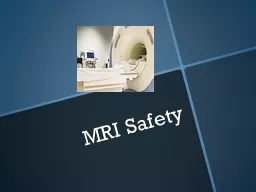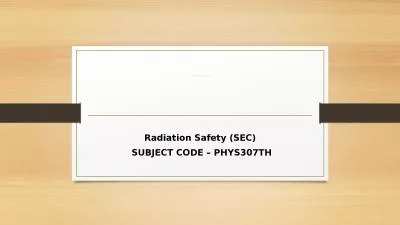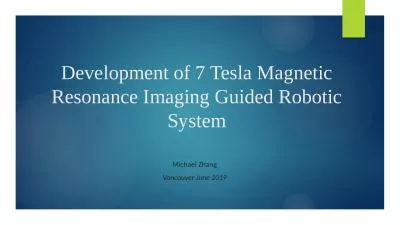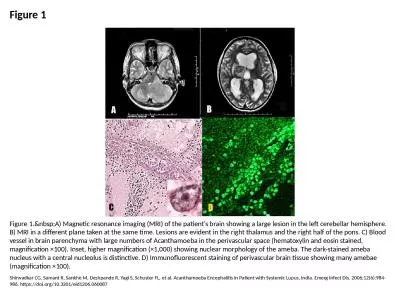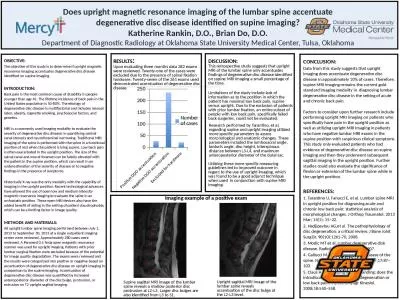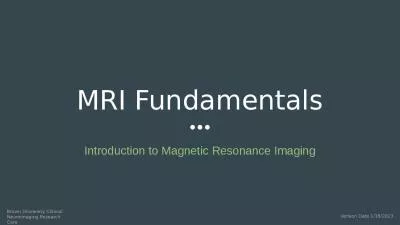PPT-Figure 2 Figure 2. Magnetic resonance imaging (MRI) results for a US patient with variant
Author : carny | Published Date : 2024-02-09
Maheshwari A Fischer M Gambetti P Parker A Ram A Soto C et al Recent US Case of Variant CreutzfeldtJakob DiseaseGlobal Implications Emerg Infect Dis 2015215750759
Presentation Embed Code
Download Presentation
Download Presentation The PPT/PDF document "Figure 2 Figure 2. Magnetic resonance im..." is the property of its rightful owner. Permission is granted to download and print the materials on this website for personal, non-commercial use only, and to display it on your personal computer provided you do not modify the materials and that you retain all copyright notices contained in the materials. By downloading content from our website, you accept the terms of this agreement.
Figure 2 Figure 2. Magnetic resonance imaging (MRI) results for a US patient with variant: Transcript
Download Rules Of Document
"Figure 2 Figure 2. Magnetic resonance imaging (MRI) results for a US patient with variant"The content belongs to its owner. You may download and print it for personal use, without modification, and keep all copyright notices. By downloading, you agree to these terms.
Related Documents

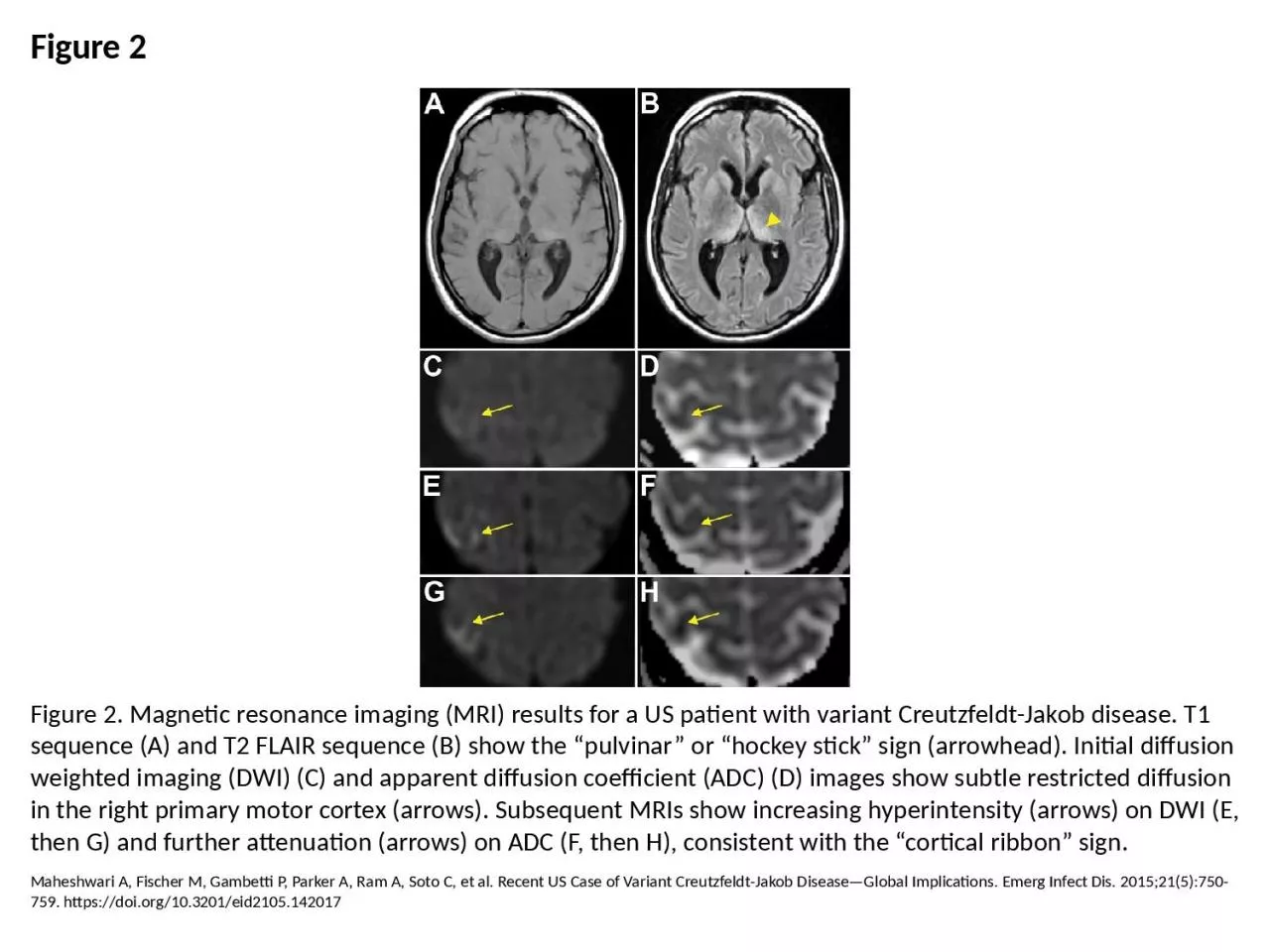
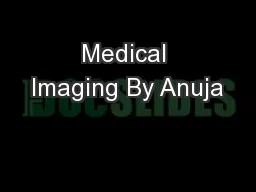
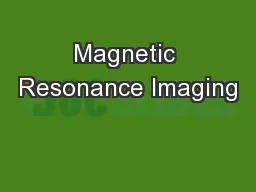
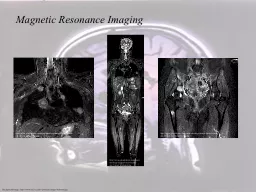
![Magnetic Resonance Imaging [MRI]](https://thumbs.docslides.com/919481/magnetic-resonance-imaging-mri.jpg)
